The community of Serra de Conti once belonged to one of the “Castelli di Jesi”, but before that Umbrians, Gauls and Picenians lived together on this same spot. The name Serra de Conti (hilly ridge of the counts) can already be found in documents from the 13th century. The little village probably once belonged to a certain Rinaldo de Serra, who came from the family of the Counts of Genga.
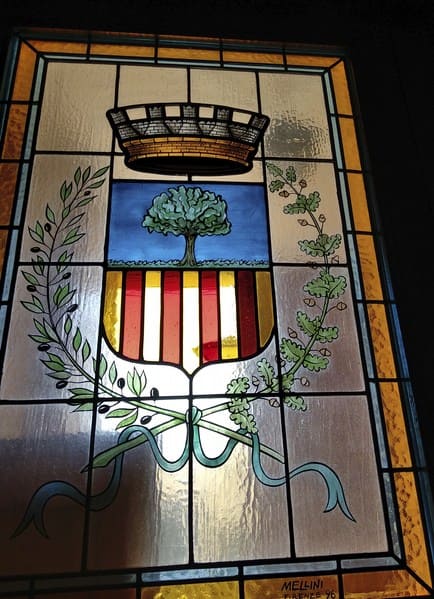
The very first building in the village was probably built by the Benedictine monks from the Santa Croce Abbey in Sassoferrato and a castle town was built around it in the 12th or 13th century.
Co-blogger Isabelle and Elke wanted to get a closer look around because they were passin by the area. Here is their story:
“Serra de Conti welcomed us with an imposing city wall! We counted 11 towers and 2 city gates: the Porta Santa Lucia and the Porta Santa Croce.
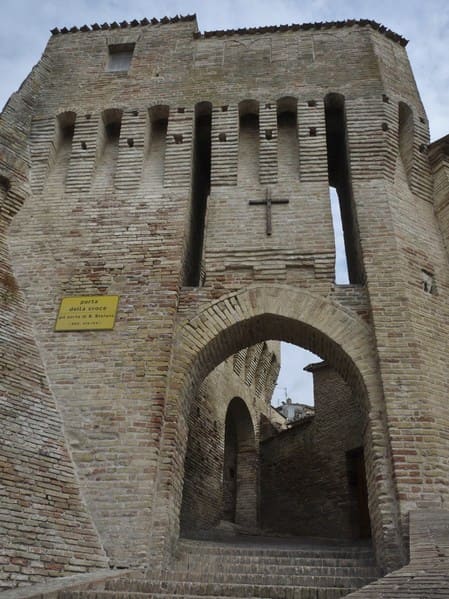
The clear center was divided into 2 main streets, Corso Roma and Via Giuseppe Garibaldi. Fortunately, most of the churches were open, so we first visited San Michele: a church originally built in the Romanesque style of the 13th century and then rebuilt in the 15th century in the Gothic style.
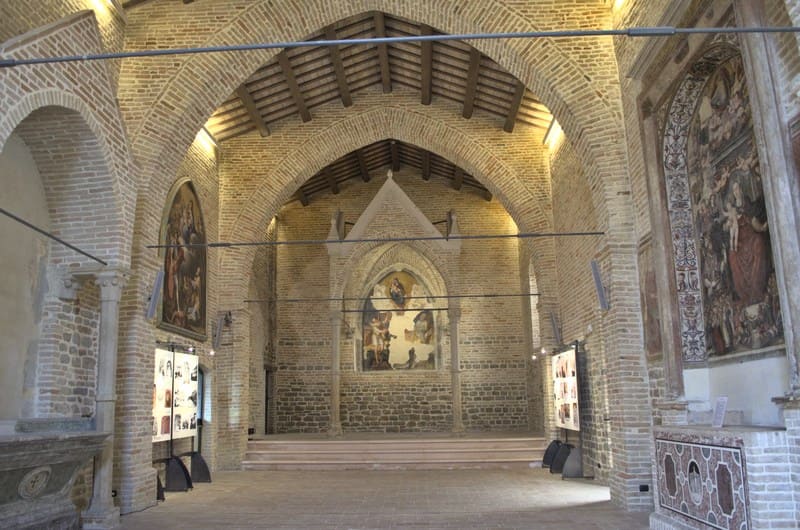
The frescoes that were painted by the Marchigian school in the 15th and 16th centuries were an eye-catcher.
While strolling on we saw some beautiful old houses, including an old bar with dark wood paneling.
We next entered the baroque church of Santa Maria Maddalena, which was built between the 16th and 19th centuries.
A little later we reached the town hall, which was in a former Franciscan monastery from the 14th century: we could still clearly see the cloister.

Just around the corner is the Nuns Crafts Museum, which is called “Le stanze del tempo sospeso” (The rooms where time has stood still). As a visitor, you get to know the traditional life of the hermits of the Santa Maria Maddalena monastery. This time we didn’t have time to visit it, but Isabelle had already been to the exciting museum twice: with the help of an audio guide, you enter the monastery as a novice and immerse yourself in the sisters’ everyday life.
They spent most of their time embroidering, bobbin making and weaving, but they also made their own herbal medicines. All objects on display were found in the former monastery.
Finally, we treated ourselves to a visit to the Santa Croce church. This 16th century church has some interesting frescoes, including the Descent from the Cross, which was originally on the inside of the Santa Croce city gate.”
How did it get into the church? Because on the inside of the Santa Croce gate there was another “cross filing” fresco!
A very entertaining, beautiful trip to this small town, which Le Marche are particularly valued for a particularly old legume variety, the Cicerchia. If you want to know more about it, you can read it in our article La Cicerchia.
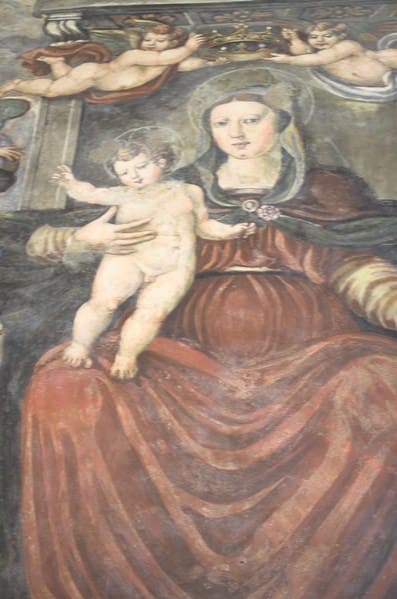
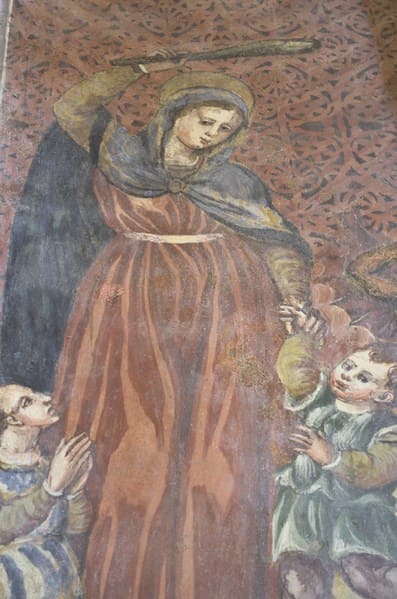
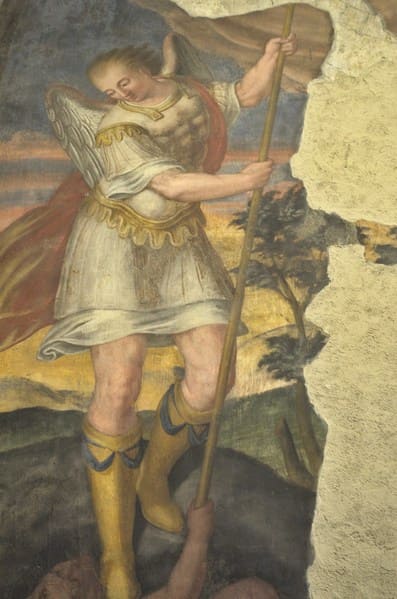
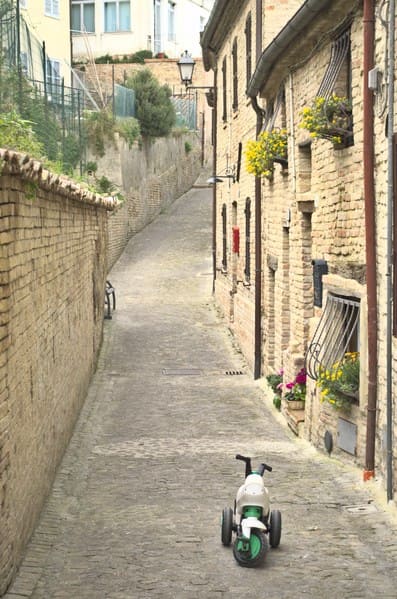
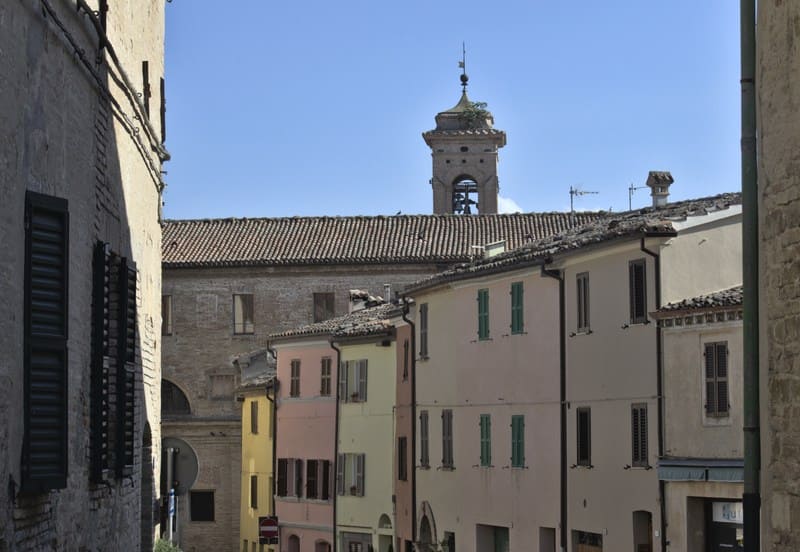
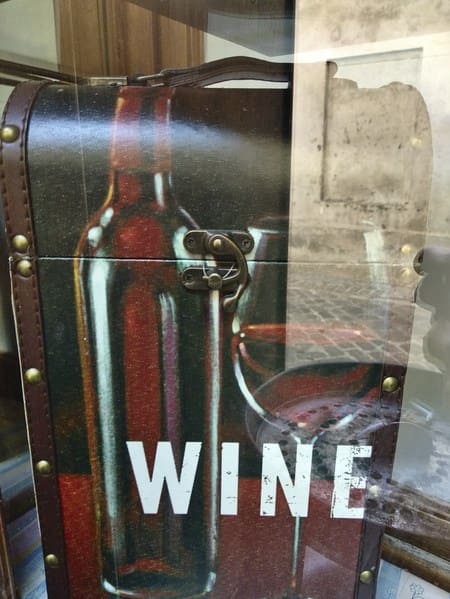
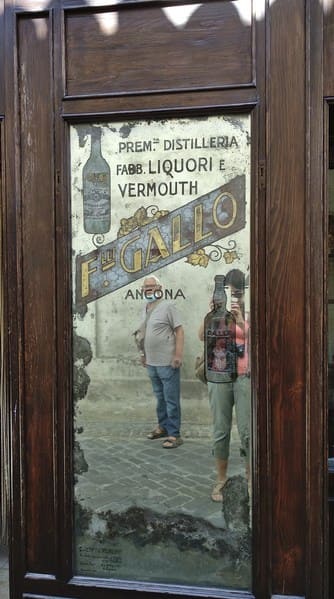


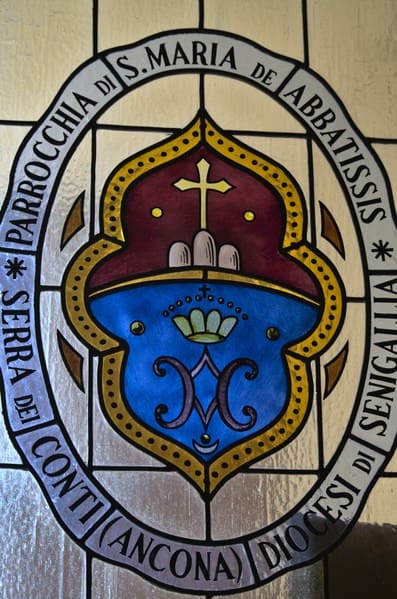

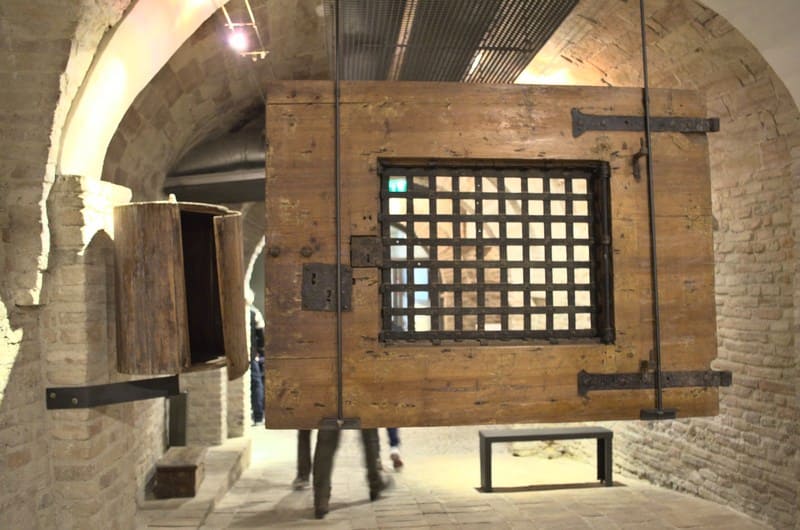
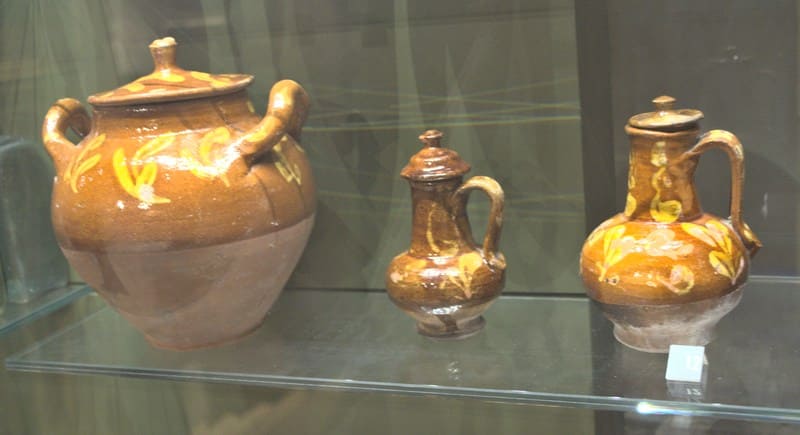
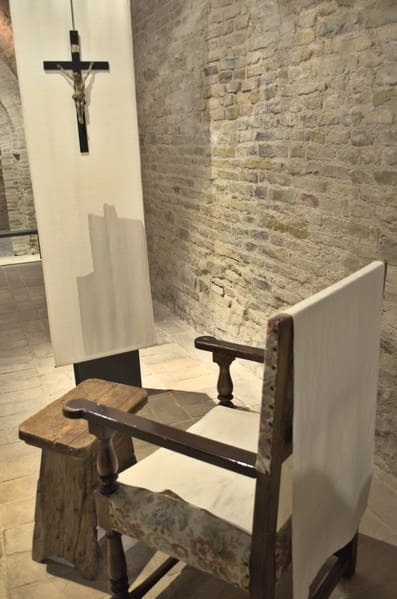
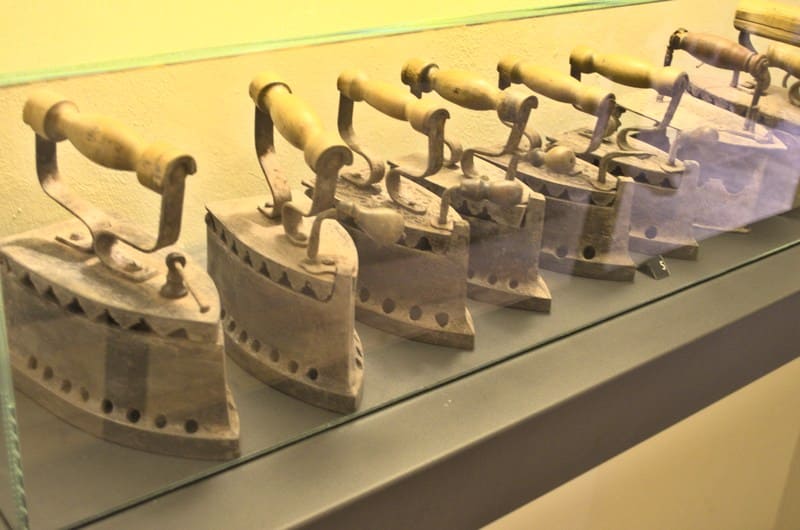

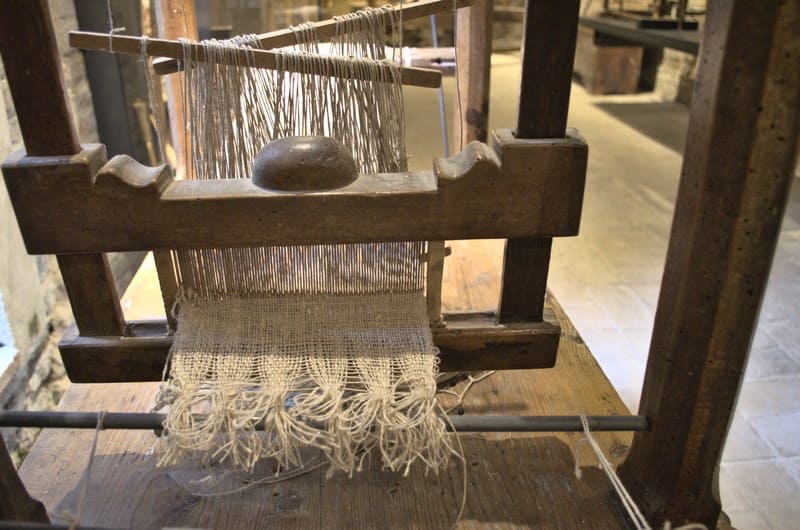
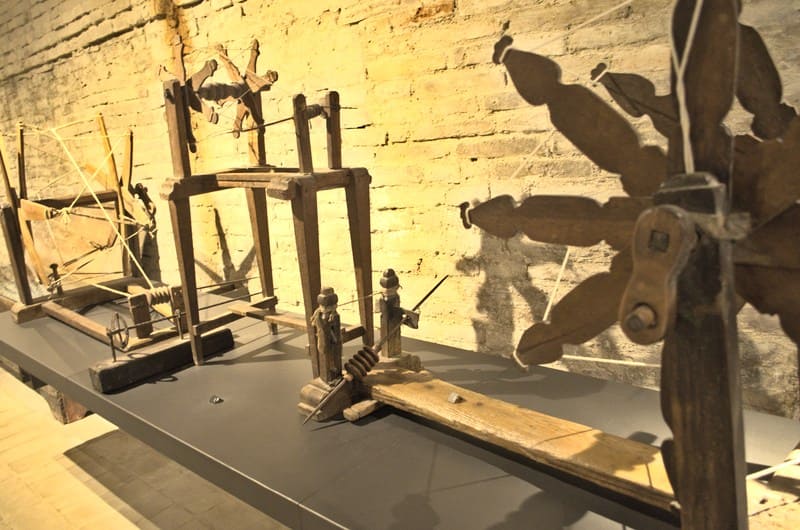

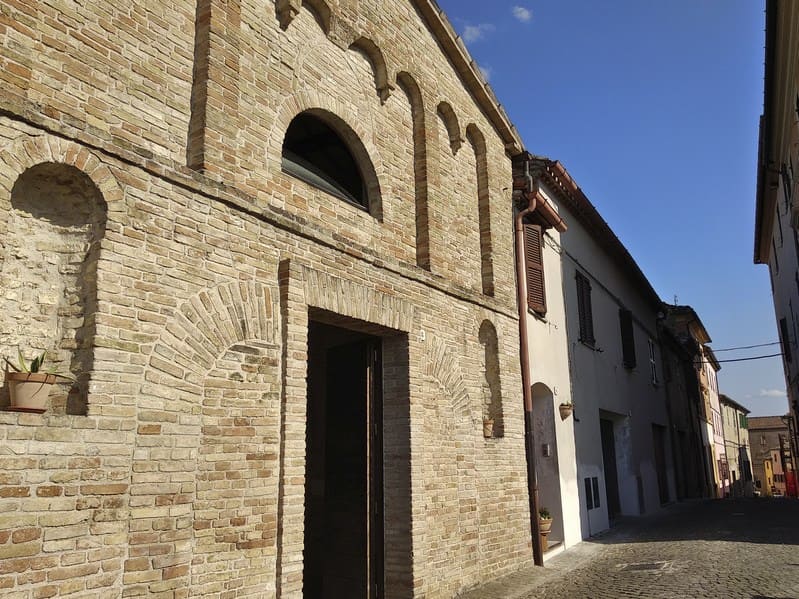
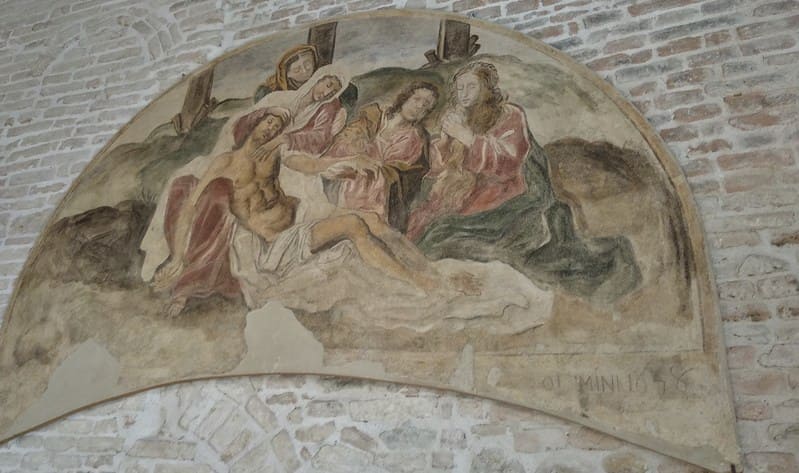
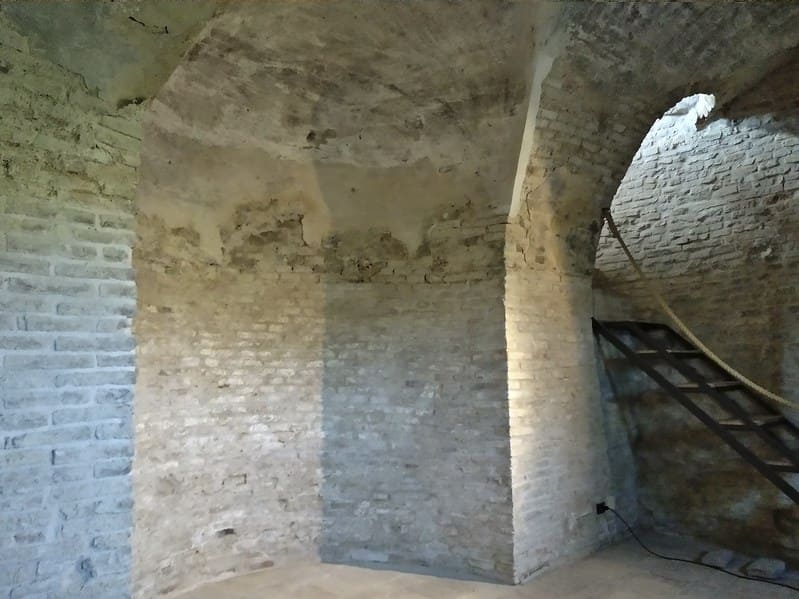
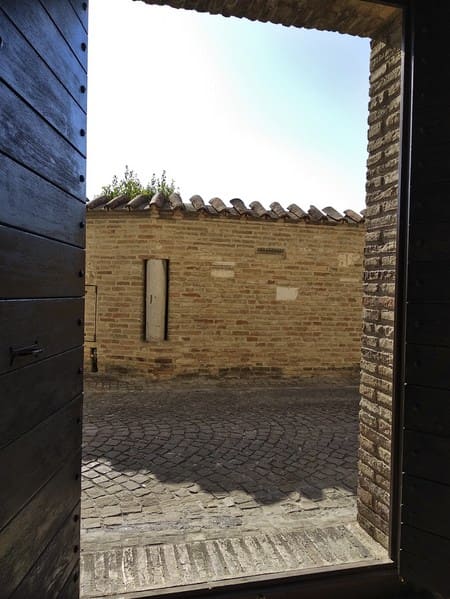
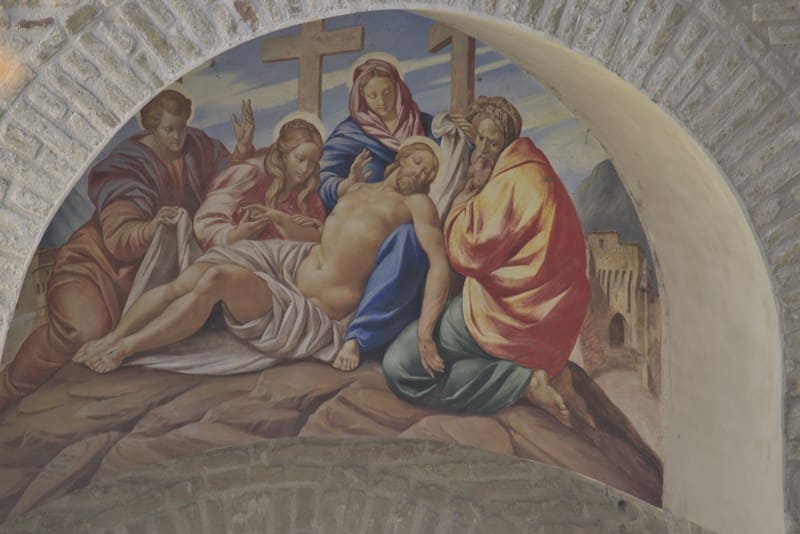
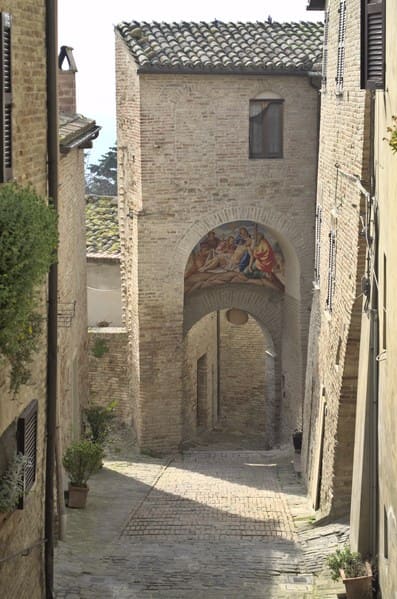

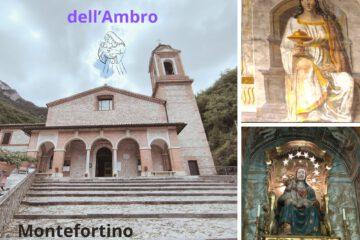

0 Comments